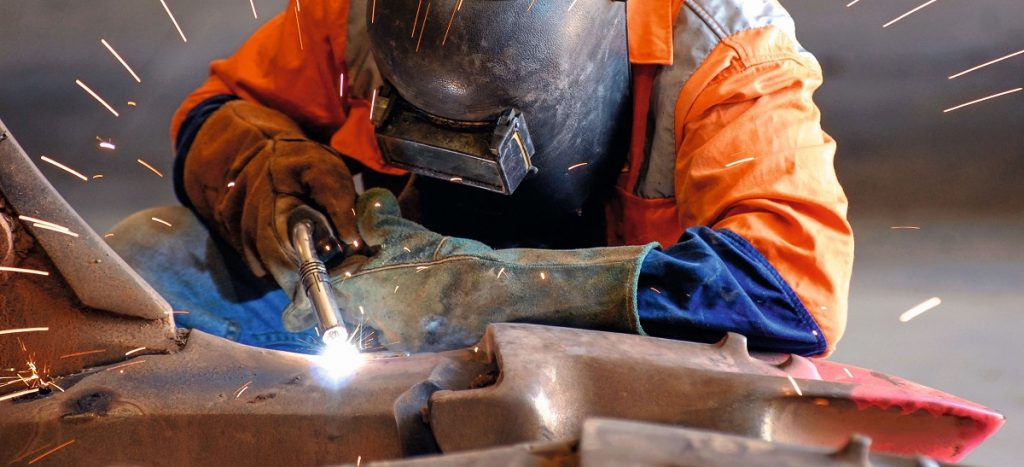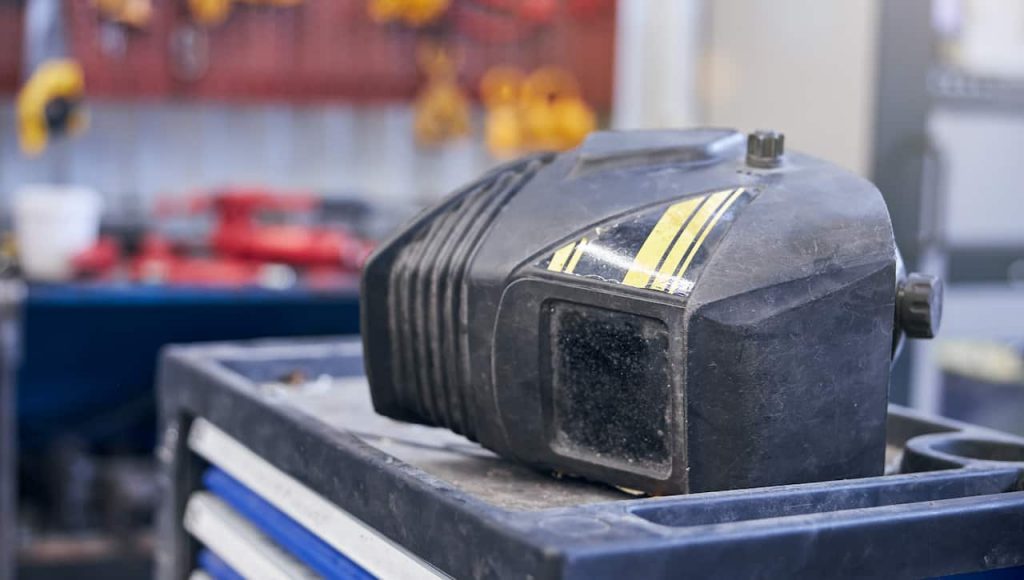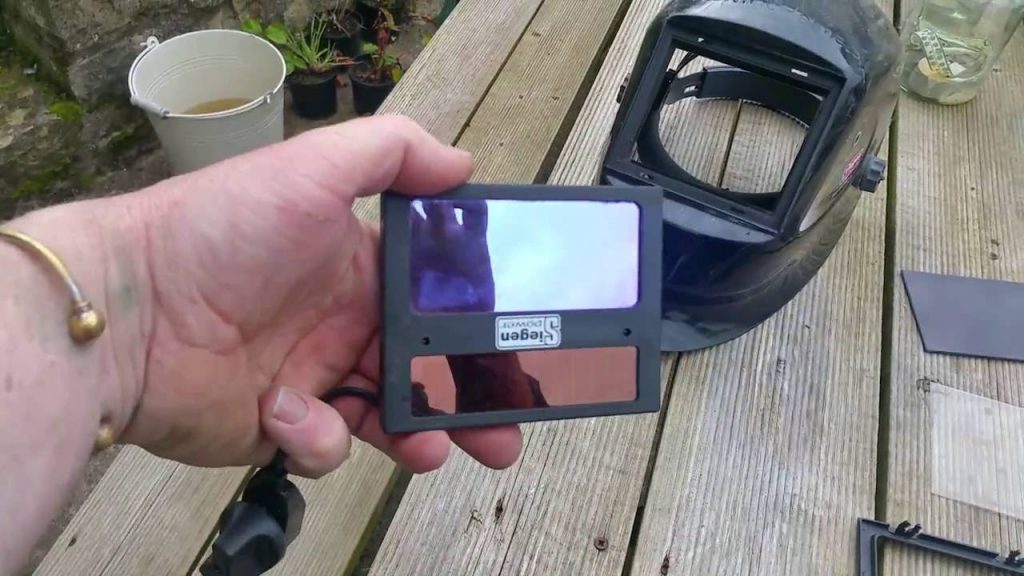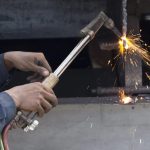Contents
Welding is becoming a growing career field with many opportunities for everyone interested in learning a technical skill. However, welding is one of the most demanding crafts. Why is that the case? Well, because construction has never stopped and it still continues to develop, and as a result, we can see some of the tallest skyscrapers, biggest cargo ships, satellites and more being made thanks to welding. Welding plays a huge role in the making of these gigantic structures. Being a welder means you don’t need to get any sort of degree for your work, all you need is work experience.

Since the demand for welding is growing, there is more opportunity now than ever before, and better pay as a result, as well. While you won’t be sitting comfortably in a chair all day, you’ll have an interesting hands-on profession which is also very rewarding. But in order to be a successful welder, you need to have all your protective gear ready and a helmet is a piece of must-have protective equipment when welding.
Which Welding Helmet is Best
Viewing Area
The size of the viewing area of a full face welding helmet can make or break your welding experience. The smaller that area is the smaller your field of view will be. If you often weld out of position, then you should search for a helmet with a wide viewing area. There are quality welding helmets Australia wide that come with a wide viewing area of around 10cm wide.

Lens
The lens of the viewing window on the helmet needs to have a good level of clarity so you can see everything as it is. This clarity is rated with a score from 1 to 3 with a 1/ 1/ 1/ 1 score being the perfect viewing clarity. But even if that’s not the score of the helmet you’re considering, you can still go for one that doesn’t include a 3 in its score.

Shade
While viewing clarity and shade levels can contradict themselves you can still get a helmet for welding that can give you both great viewing clarity and protection too. For this, you should get a helmet with different levels of darkness. You’ll want versatility in shade options so you are able to work out on a bright sunny day, as well as indoors without having to worry whether or not your sight will be protected.
Auto-Darkening
There is a feature that more and more welding helmets Australia wide come available with, and that is the auto-darkening mode. This feature darkens the lens when you start welding and the darkness adjusts according to the environment you’re in. The lens itself automatically detects the light produced by the welding process and it adjusts the level of darkness that provides the best clarity and protection.

Grind Mode
But sometimes, you need a helmet for welding that just provides protection and doesn’t block out light. Like when you’re using an angle grinder, for example. Welders use angle grinders to smoothen out the areas where two pieces will get joined. This is commonly done when prepping the surfaces for welding. Many helmets come with a feature called grind mode which is activated by a press of a button.
This turns off the auto-darkening feature and provides protection from flying sparks and nothing more. This way, you don’t have to spend money on buying a mask and you don’t take off your helmet whenever you’ll need to use an angle grinder.
Power Source
To make all these features possible though, your helmet needs a power source. There are two options you can go for when it comes to a full face welding helmet – solar or lithium. A solar-powered welding helmet is one that only relies on the sun for power. But if you work indoors, or if the weather where you live or work is unfavourable for days on end, you’ll want something more reliable.
Welding helmets with lithium batteries are known for their reliability since you don’t depend on the sun at all. You can use this type of welding helmet both outdoors and indoors without a worry, but you must always carry a spare battery pack. For the best solution, you can get the best of both worlds, a helmet that can be powered by both solar power and lithium batteries.
When the batteries go out, the sun has your back, but if there is no sun for the day or if it’s too cold to work outside, then the batteries have your back. Either way, you’re covered and you don’t have to worry about running out of juice for your helmet. Also, solar power helmets with an auto-darkening have a feature called auto-off. What this does is turn off the auto-darkening feature so that the helmet doesn’t use up as much power. Auto-darkening needs constant access to power so when it detects the light of the arc it immediately adjust the darkness of the lens.





Comments are closed.